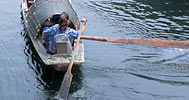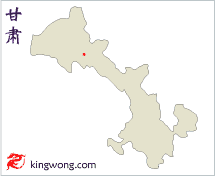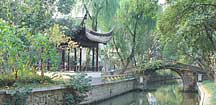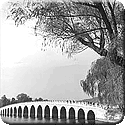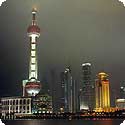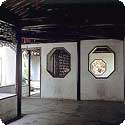Category: 万里长城Great Wall
-
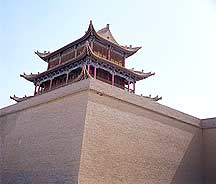
The tapering walls are about 11 meters high.
-
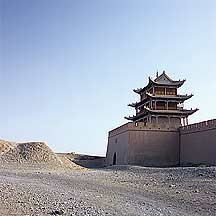
The grand west gate and tower. Chinese fortress design was the most advance of its time.
-
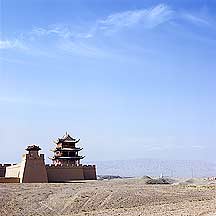
It's a lonely pass. But the city had expanded to almost its mighty walls.
-
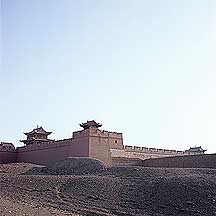
Outside the fort are mounds of bare rocks and rough sand.
-
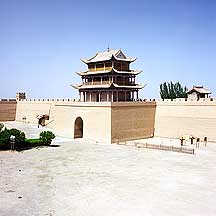
Inside the fortress. It is rectangular or trapezoid in shape with inner and outer walls. The area between the inner and outer walls as well as all empty spaces act as trap spaces where enemy troops would be shot with arrows from atop the wide walls.
-
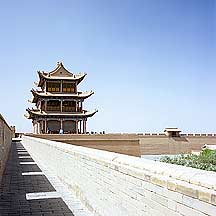
The lane atop the walls are about a meter wide.
-
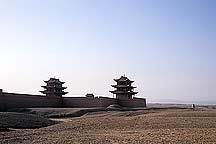
View from the north outside from the west gate.
-
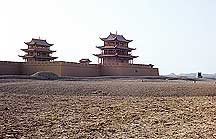
-
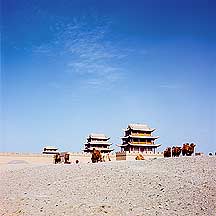
View from outside the west gate. During the Ming Dynasty, this is the borderline between what is Chinese civilization and what is not.
-

A panoramic view of the Pass.
-
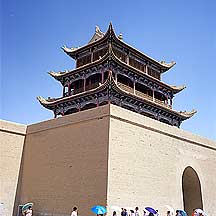
-
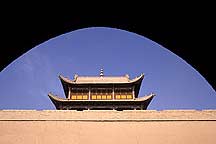
One of the three three-storied towers.
-
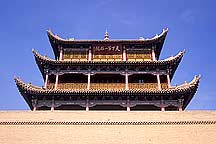
A closer look at the tower. This should be the west tower.
-
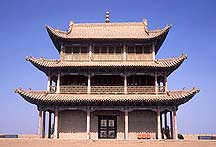
The middle tower. The tower is very likey totally rebuilt not very long ago.
-
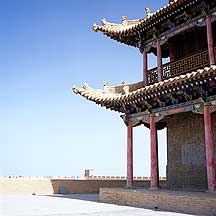
The three-stories towers are about 17 meters high. The entrance to this tower was not open to the public.
-
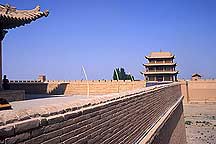
-
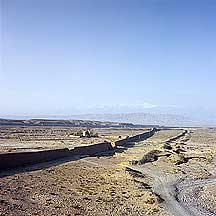
The great wall that stretch out endlessly southward from the pass. It will eventually reached the wall of the Qilian mountain ranges that make up part of the Qinghai plateau.
-
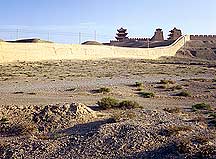
The wall that extends south of the pass. On both sides are just bare rocks and dotted with a type of desert plant.
-
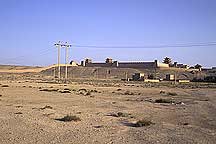
Full view from south side of the Pass on a raised rocky mound. The sourrounding area is a desert (the edges of the Gobi Desert), nothing but camel droppings on the dry undulating earth. Outside the wall and facing west of the main gate, all the eye can see is sublime nothingness.
-
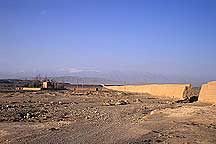
The south wall of the fort that extends toward the snow-capped Qilian mountains in the distant. The extended great wall is mostly of packed yellow earth reinforced with dry reeds, so the unguarded barrier is quite easy for the locals to just dig an entrance.
